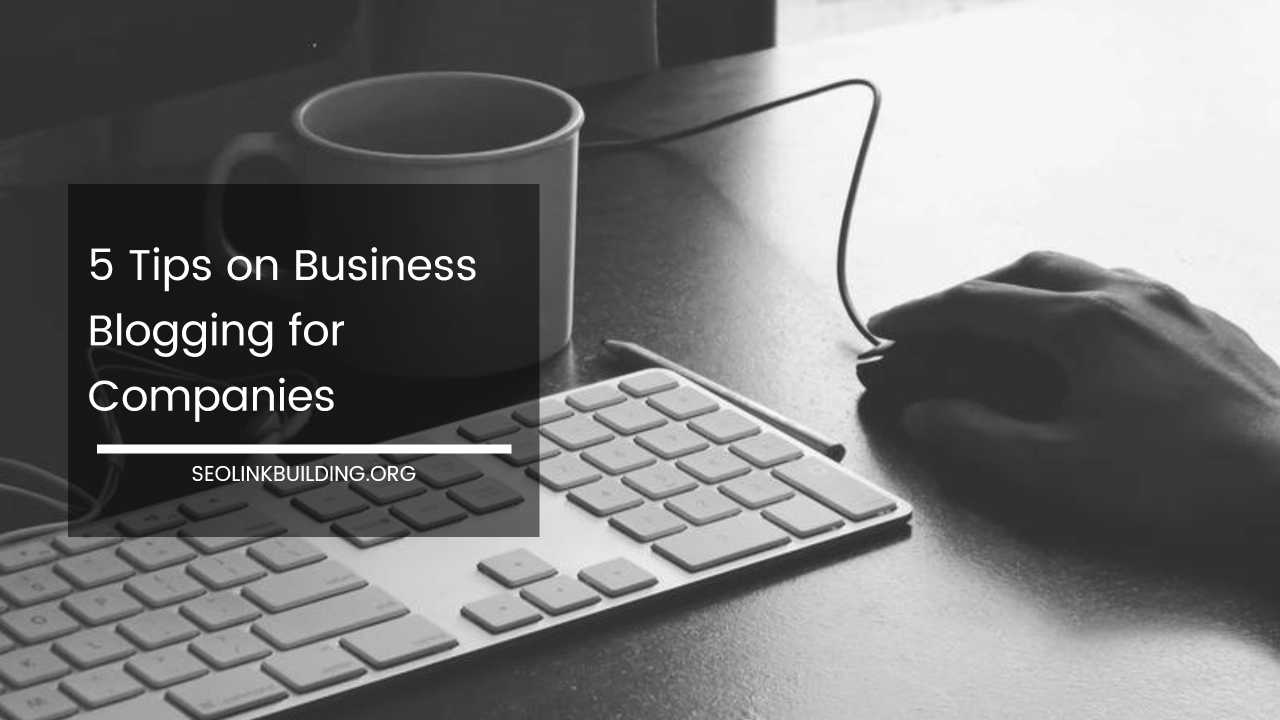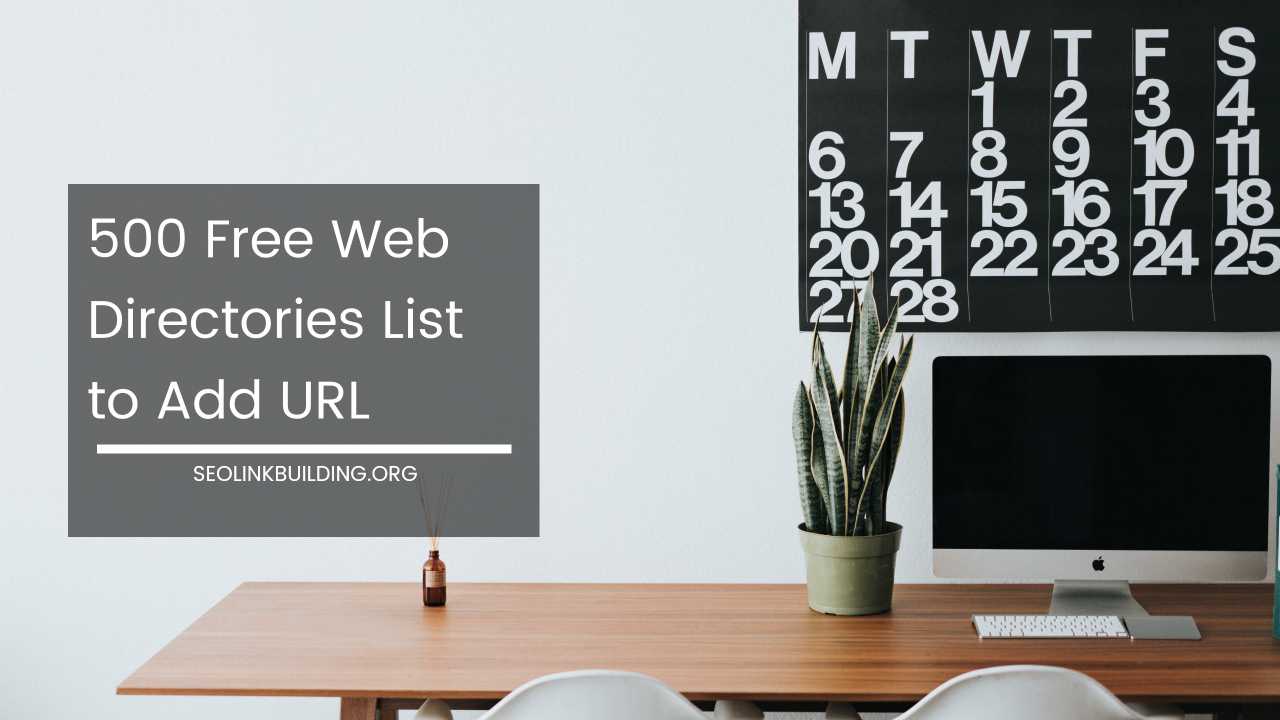Energy Saving Tips for the Office: Reduce Costs & Go Green

Energy Saving Tips
Power Down and Power Up Your Productivity: Energy Saving Tips for the Office
In today’s world, with rising energy costs and a growing focus on environmental responsibility, creating an energy-efficient office environment is no longer a suggestion, it’s a necessity.
But transforming your workspace into an eco-conscious haven doesn’t have to mean sacrificing comfort or productivity. In fact, many energy-saving strategies can actually improve the work experience for everyone.
This comprehensive guide dives into a toolkit of practical tips to help you slash your office’s energy consumption and boost your sustainability efforts. We’ll explore strategies for lighting, electronics, heating and cooling, employee behavior, and even uncover hidden energy drains.
Harnessing the Power of Natural Light:
- Let the Sunshine In: Open blinds and curtains during daylight hours to maximize natural light. Strategically placed skylights can also be a great addition. Consider installing light shelves, which are simple devices that reflect natural light deeper into the workspace, reducing reliance on artificial lighting.
- Light Sensors are Your Friends: Install occupancy sensors or timers in conference rooms, restrooms, and other infrequently used spaces. These ensure lights are only on when needed. Consider occupancy sensors with daylight harvesting capabilities, which automatically adjust lighting levels based on the amount of natural light available.
- Task Lighting FTW (For The Win): Instead of flooding the entire office with bright lights, consider using task lighting on desks and workstations. This allows for focused illumination without wasting energy. Task lights with adjustable arms and dimming features provide employees with greater control over their lighting environment.
Lighting Upgrades: A Bright Future for Efficiency
- LED the Way: Replace traditional incandescent bulbs with LED alternatives. LEDs use up to 90% less energy and last significantly longer, making them a cost-effective and environmentally friendly choice. Consider investing in LED troffers, which are high-efficiency LED fixtures that can replace traditional fluorescent lighting panels.
- Dim the Enthusiasm (Slightly): Studies have shown that slightly lower light levels can actually improve focus and concentration. Encourage employees to adjust their individual light levels for optimal comfort and energy savings. Consider installing tunable white LED lights, which can be adjusted to mimic natural daylight patterns and support healthy circadian rhythms.
- Power Down at Night: Ensure all lights are turned off at the end of the workday. Consider designated “light off” reminders or a friendly competition between departments. Implement a “last one out” policy where the responsibility of turning off lights falls on the final person leaving a particular area.
Taming the Energy Beasts: Electronics on Standby
- Power Strip Power: Plug electronics like computers, monitors, and printers into power strips with on/off switches. This eliminates phantom energy drain, the sneaky power consumption that occurs even when electronics are supposedly “off.” Look for power strips with individual switches for each outlet, allowing you to completely power down specific devices when not in use.
- The Sleep Button is Your Ally: Encourage employees to put computers and monitors into sleep mode when not in use for extended periods. Consider enabling automatic sleep settings on computers to ensure they power down after a designated period of inactivity.
- Upgrade Wisely: When replacing office equipment, prioritize models with energy-saving features like automatic shut-off and Energy Star certification. Energy Star certified products meet strict energy efficiency standards set by the Environmental Protection Agency (EPA) and the Department of Energy (DOE).
Keeping Cool (or Warm) Without Breaking the Bank
- Dress for the Season: Encourage employees to dress in layers during colder months so thermostats can be set slightly lower. Similarly, promote breathable clothing in warmer months to allow for slightly higher thermostat settings. Consider offering a small clothing swap program in the office for employees to exchange lightly used seasonal clothing.
- Seal the Deal: Check windows and doors for air leaks, and seal any drafts to prevent conditioned air from escaping. Schedule regular maintenance checks for windows and doors to ensure proper sealing. Consider adding weather stripping around windows and doors for an extra layer of protection against air leaks.
- Programmable Perfection: Invest in programmable thermostats that can automatically adjust temperatures when the office is unoccupied. Explore smart thermostats that can be controlled remotely, allowing for adjustments even when the office is empty. Utilize features like occupancy sensing and geofencing to automatically adjust temperatures based on whether the office is occupied and by whom.
Empowering Your Team: The Human Factor in Energy Savings
- Knowledge is Power: Educate employees about the importance of energy conservation and the positive impact their actions can make. Organize workshops or lunch-and-learn sessions to raise awareness about energy-saving practices and the environmental benefits.
- Friendly Reminders Go a Long Way: Post visual reminders near light switches, thermostats, and electronics to encourage responsible energy use. Create engaging and informative infographics or posters that highlight the impact of individual actions and showcase the progress made towards energy-saving goals. Utilize digital signage in common areas to display real-time energy consumption data and friendly challenges between departments.
- Gamification for Good: Organize fun contests or challenges between teams to see who can save the most energy over a designated period. Award prizes for the most energy-efficient team or department, fostering a sense of friendly competition and engagement. Consider incorporating educational elements into the challenges, such as trivia questions about energy conservation.
Beyond the Obvious: Uncovering Hidden Energy Drains
- Appliance Audits: Regularly assess the energy efficiency of office appliances like refrigerators, microwaves, and coffee makers. Consider replacing older models with newer, energy-efficient options. Look for appliances with Energy Star certification and features like automatic shut-off or sleep modes.
- Vampire Energy: Identify and eliminate “vampire electronics” – chargers, phone docks, and other devices that continue to draw power even when not actively in use. Unplug them when not needed. Utilize smart power strips that can automatically cut power to unused outlets, eliminating the need to constantly unplug devices.
- Water Wise: Install low-flow faucets, showerheads, and toilets to reduce water usage, which in turn reduces energy consumption required for water heating. Consider installing aerators on faucets, which mix air into the water stream, reducing water usage without sacrificing water pressure.
Leading by Example: Management’s Role in Energy Efficiency
- Invest in Efficiency: When renovating or updating office spaces, prioritize energy-efficient features like high-performance windows, insulation upgrades, and energy-saving HVAC systems. Conduct energy audits to identify areas for improvement and prioritize investments in energy-efficient technologies.
- Maintenance Matters: Schedule regular maintenance for HVAC systems to ensure optimal performance and efficiency. Preventative maintenance can help identify and address minor issues before they lead to larger problems and decreased efficiency. Partner with a reputable HVAC service provider to develop a comprehensive maintenance plan.
- Lead the Charge: Management should actively participate in energy-saving practices and demonstrate a commitment to sustainability. Set a positive example by turning off lights and electronics when not in use, dressing appropriately for the season, and promoting sustainable practices throughout the office.
The Power of Procurement: Choosing Sustainable Options
- Sustainable Suppliers: Partner with suppliers and vendors who prioritize sustainability in their products and practices. Look for companies that offer recycled content office supplies, energy-efficient appliances, and eco-friendly cleaning products.
- Life Cycle Analysis: Consider the entire life cycle of a product when making purchasing decisions. Factor in factors like energy consumption during manufacturing, transportation, and use, as well as the ease of disposal or recycling at the end of its lifespan.
- Reduce, Reuse, Recycle: Implement a comprehensive recycling program in the office for paper, plastic, and other recyclable materials. Encourage employees to reuse items whenever possible, such as refilling printer cartridges or using reusable mugs and water bottles.
The Future is Green: Embracing Innovation
- Smart Building Technologies: Explore the potential of smart building technologies to automate and optimize energy use. These technologies can integrate lighting, HVAC systems, and other equipment to create a more efficient and responsive environment.
- Renewable Energy Sources: If feasible, consider investing in on-site renewable energy generation, such as solar panels or wind turbines. This can significantly reduce reliance on traditional energy sources and create a more sustainable office environment.
- Partner with Experts: Seek guidance from energy efficiency consultants or sustainability specialists. These professionals can conduct a comprehensive energy audit, identify areas for improvement, and develop a customized energy-saving plan for your office.
The Takeaway: Small Steps, Big Impact
Implementing even a few of these energy-saving tips can significantly reduce your office’s energy footprint and contribute to a more sustainable future.
Remember, consistency is key. By fostering a culture of energy awareness and encouraging employee participation, you can create a more comfortable, productive, and environmentally responsible work environment for everyone.
Bonus Tip: Consider partnering with your local utility company. Many utilities offer rebates or incentives for businesses that implement energy-saving measures. These programs can help offset the cost of upgrades and make energy efficiency more affordable.
By taking a comprehensive approach to energy conservation, you can make your office a model of sustainability and contribute to a greener future for all.













